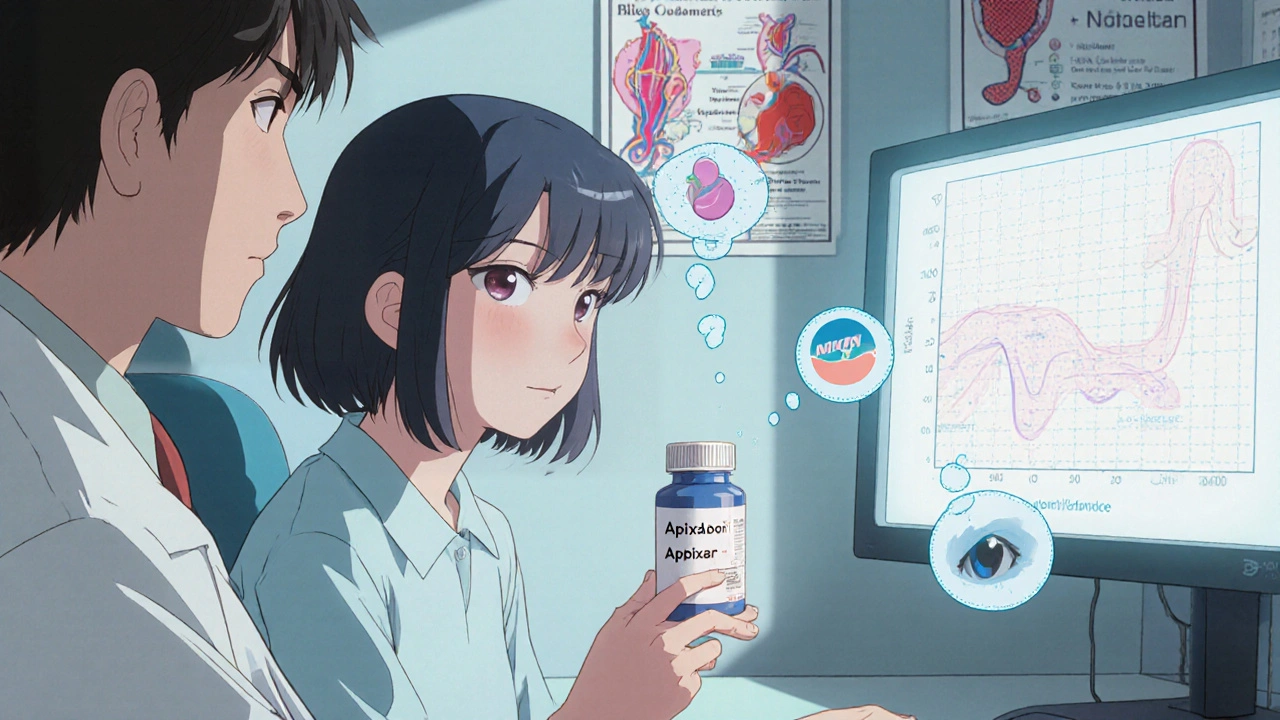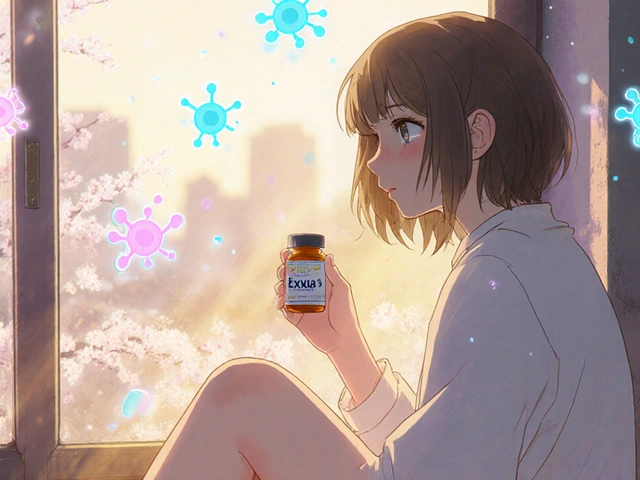Bruising: Causes, Medications, and When to Worry
When you notice unexplained bruising, discoloration on the skin from broken blood vessels under the surface. Also known as ecchymosis, it's often harmless—but sometimes it's a red flag for something deeper. Most people assume bruises come from bumps or falls, but if you're getting them without injury, especially as you age, it’s worth asking why.
Many medications can make bruising more likely. Blood thinners, drugs that reduce clotting to prevent strokes or clots like warfarin, aspirin, or even over-the-counter NSAIDs can thin your blood enough to cause easy bruising. SSRIs, antidepressants that affect serotonin and platelet function are another common culprit. Even topical steroids, like mometasone furoate, a corticosteroid used for skin inflammation, can weaken skin over time, making it more prone to damage. These aren’t rare side effects—they’re well-documented and often overlooked.
Older adults are especially vulnerable. As skin thins and blood vessels become more fragile with age, even minor pressure can cause bruising. But that doesn’t mean it’s normal. If you’re on multiple medications—like a statin, an anti-inflammatory, and an antidepressant—their combined effect can amplify the risk. This isn’t just about one drug; it’s about how they interact. Type A adverse drug reactions, the predictable kind, often show up this way: not as a sudden crisis, but as slow, creeping changes like unexplained purple spots on your arms or legs.
It’s not always medication, though. Bruising can also point to low platelets, vitamin deficiencies, or liver problems. But if you’ve started a new pill recently—or added one to your existing routine—it’s the first place to look. Most people don’t connect a bruise to their prescription, but doctors do. They track these patterns in pharmacovigilance systems because they matter.
What you’ll find below are real cases and clear explanations from people who’ve been there. From how grapefruit juice makes bruising worse by messing with drug metabolism, to why seniors on multiple meds need to watch for this sign, to how drug combinations can silently increase risk. No fluff. Just what you need to spot, ask about, and act on before it becomes a bigger problem.
Cosmetic Procedures and Anticoagulants: What You Need to Know About Bruising and Bleeding Risks
By Lindsey Smith On 19 Nov, 2025 Comments (9)

Learn the latest guidelines on whether to stop blood thinners before cosmetic procedures. Discover how different medications affect bruising and bleeding risks-and why stopping them can be more dangerous than keeping them.
View More




